ANIMALS THAT WENT TO WAR
Added on: 10th Apr 2015
HORSE
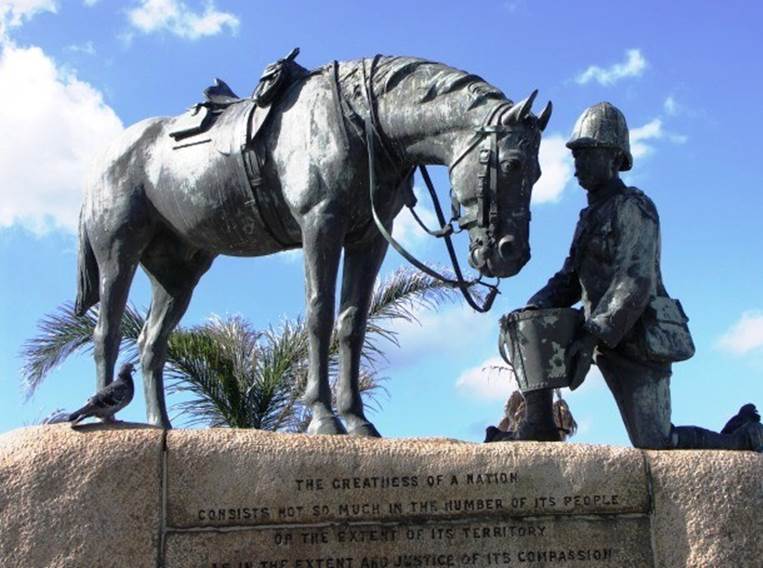
Since the horse was the most widely used animal throughout the
recorded history of warfare. However, one particular horse rises above
the rest. Its name is Sergeant Reckless, a horse that held official rank
in the United States military. But what makes this horse so
extraordinary happened on March 1953, when Sergeant Reckless
made 51 solo trips in one day in order to resupply multiple front line units.
She was awarded two Purple Hearts, a Marine Corps Good Conduct Medal
and several other military honours.
MULE
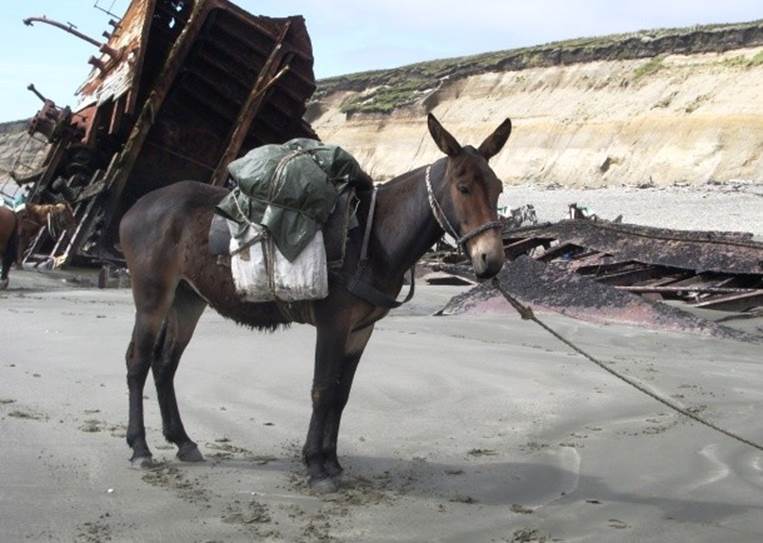
Though there isn’t one particular mule that stands out when
studying war history, no one can deny the mules huge contributions to war.
Because of their incredible ability to carry loads over difficult terrain
unavailable to jeeps and even horses, they were used in many wars
including World War I and II.
DOG
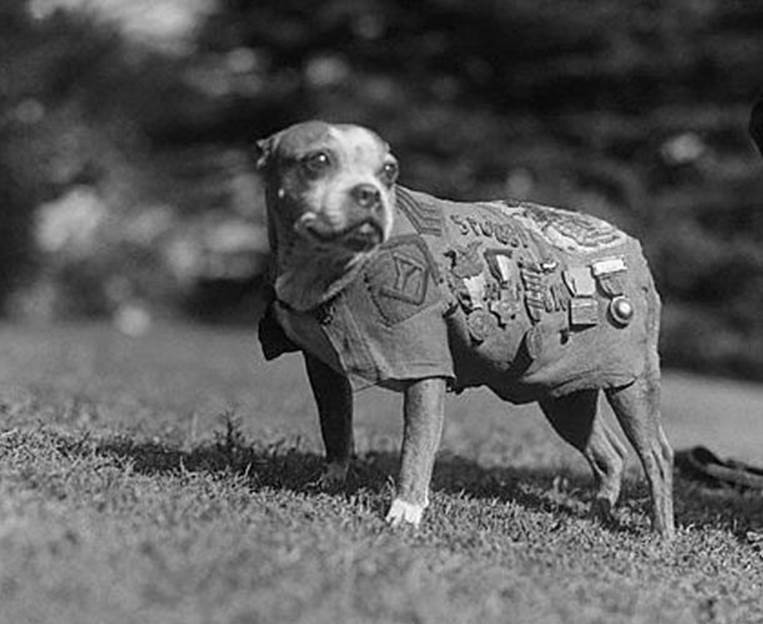
Dogs have (and continue to) play a huge role in war. From fighting
logistics and communication to medical research and tracking, they
have been very useful and loyal helpers in the battlefields. Probably
the most famous war dog of them all was Sergeant Stubby which has
been labelled as the most decorated ward dog of World War I and
the only dog to be nominated for rank and then promoted to
sergeant through combat.
FOX

The role of the military mascot has a surprisingly long tradition.
Animals such as ponies and dogs are common unit mascots but
members of the No. 32 Squadron, a Royal Air Force unit active in
World War I, chose a fox cub as their pet and companion. The famous
picture showing a pilot with the fox was taken at Humieres
Aerodrome, St Pol, France, on 5 May 1918.
OX
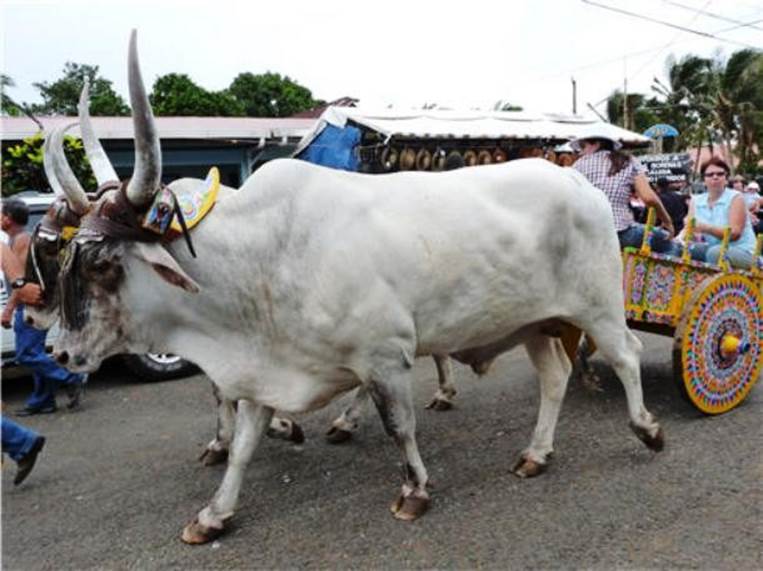
Similarly to mules, oxen have been also used as beasts of burden,
especially to transport heavy or siege artillery through heavy terrain.
These animals played a major role during the American Revolutionary War,
when they hauled heavy supplies and they were important links in the
Continental Army’s logistical network. Contrary to their reputation,
oxen are very intelligent animals capable of learning
numerous commands.
CAMEL
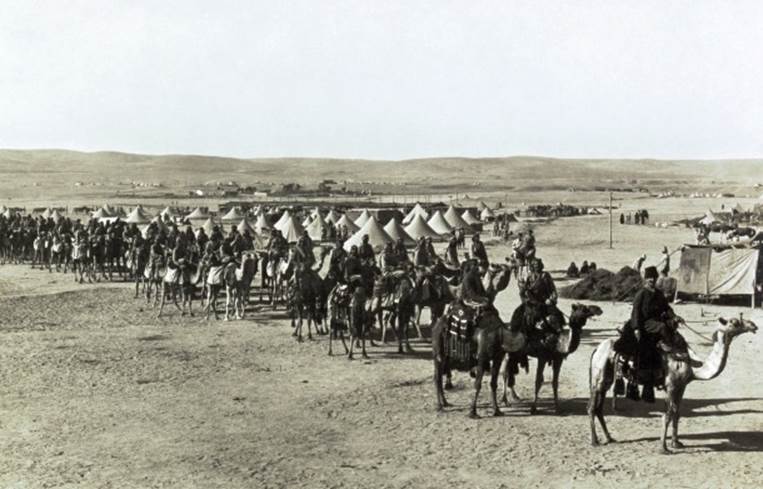
Similar to mules and horses, Camels have been used for similar
purposes but in much hotter and arid environments such as deserts.
Allegedly, the smell of camels even frightened enemy horse cavalry.
Some Persian and Arabic warriors even armoured their camels and
equipped them with artillery.
ELEPHANT
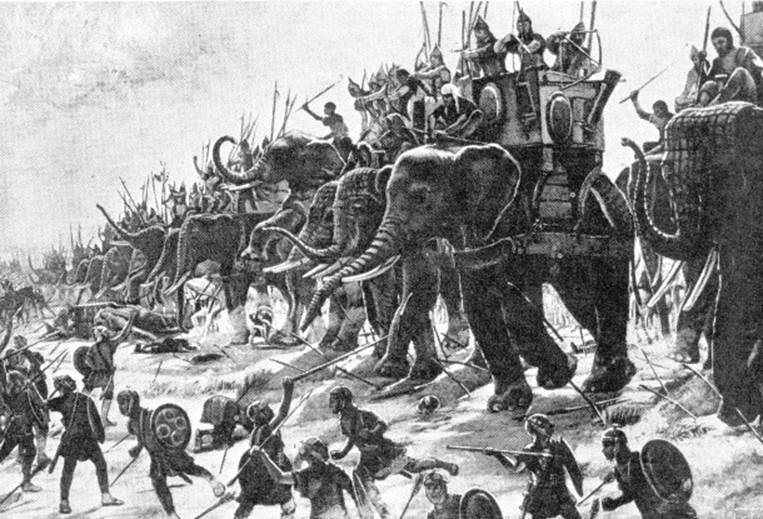
As the largest living terrestrial animal in the world, elephants have often
been transformed into giant killing machines. Ancient Indians were
probably the first to tame the animals and use them in war with other
civilizations following suit later on. The commander that made war
elephants particularly famous was Hannibal (legendary Punic Carthaginian
military commander) during the Second Punic War.
MOOSE

Even the moose, the largest living species in the deer family, has
seen its fair share of time in the battle field. Both Sweden and later,
the Soviet Union, attempted to utilize moose as deep-snow cavalry.
However, the moose proved to be unsuitable for warfare, as they
easily contracted livestock diseases, were difficult to feed
and often fled the battleground.
PIGEON
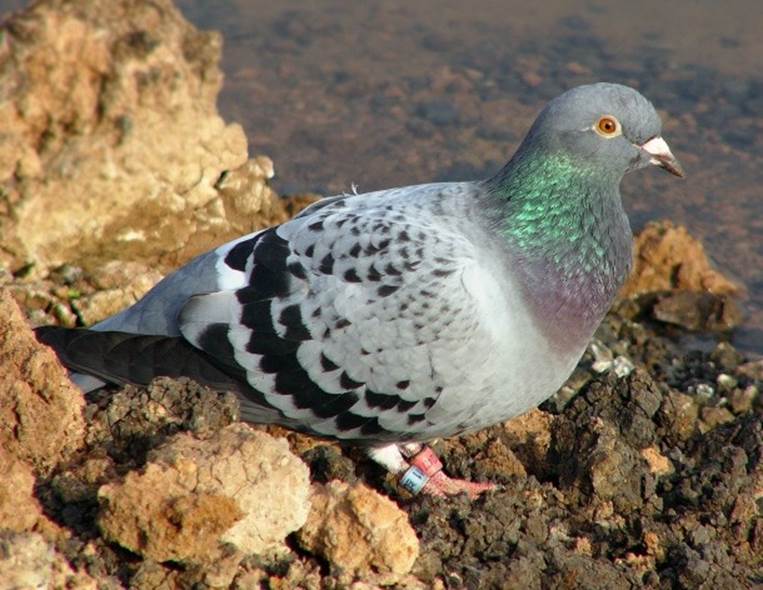
Thanks to their homing ability and excellent navigation skills,
pigeons have been used as military messengers for centuries.
During World War I, Allied forces used as many as 200,000 of
these stout-bodied birds. Where other methods of communication
often failed, pigeons had a rate of success of about 95%.
Probably the most famous war pigeon was Cher Ami
(French for “dear friend”) who helped save the Lost Battalion of the
77th Division in the Battle of the Argonne, October 1918.

Comment on this